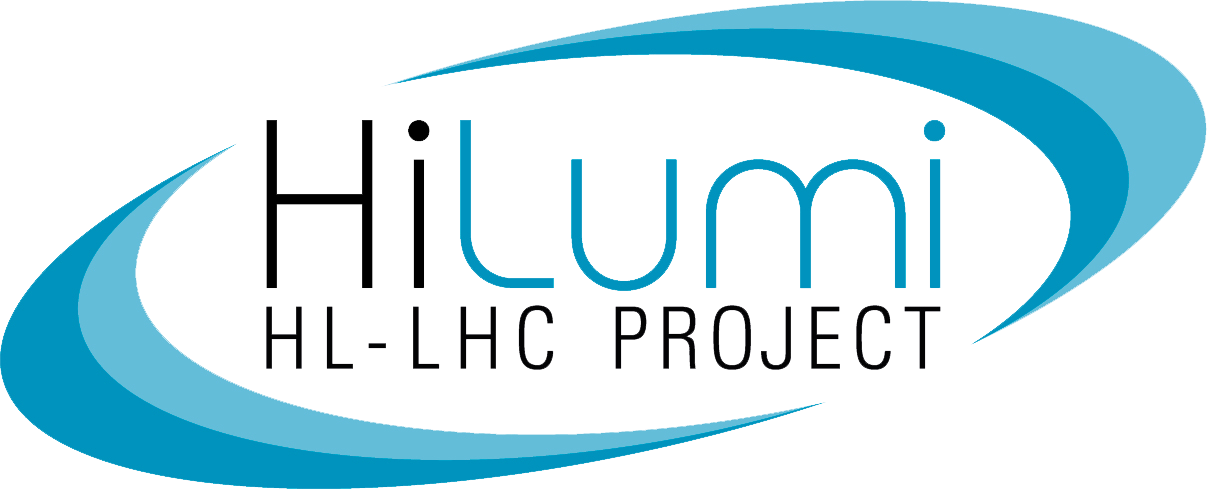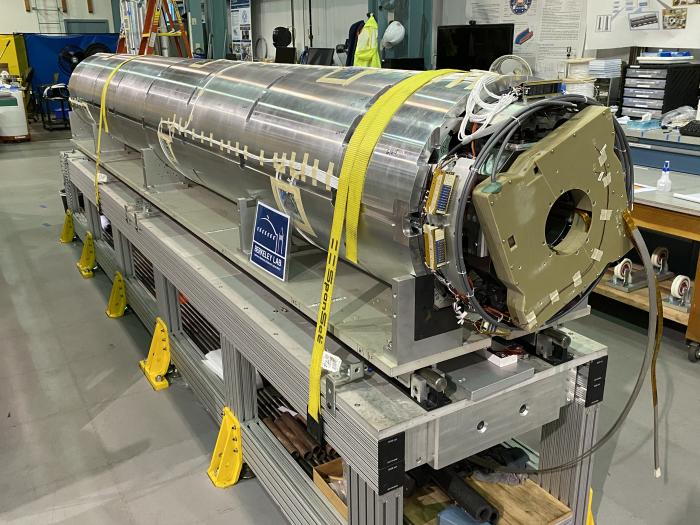Last Tuesday 23 March, the signing of a memorandum of understanding (MoU) between the Fermi National Accelerator Laboratory (Fermilab) and the European Organization for Nuclear Research (CERN) was held remotely.
The agreement, which details the US laboratory’s contributions to the High-Luminosity LHC (HL-LHC) project, represents an important milestone. “After so many years of working together with our US colleagues, it is very good news that we got the contract signed”, says Oliver Brüning, the HL-LHC Project Leader.
“The US contribution helps us to fund part of the accelerator upgrade. We get hardware that we would otherwise have had to finance at CERN. On the other hand, the US benefits from this collaboration because they remain at the frontier of superconducting magnet technology”. The MQXFA magnets are a case in point.
US institutions and their contributions to HL-LHC
Contributions are a vital ingredient for large-scale projects. “The LHC already had some from collaborators like Japan and the US, who produced the triplets for the construction of the LHC, and that was the first step”, says Oliver.
“In the case of HiLumi, we really brought together, in addition to the US as a key partner, many European laboratories to collaborate with CERN on this project, which goes far beyond the normal Member State contributions that we have”.
“That is the key to any future project”, says the HL-LHC Project Leader, for whom “CERN is the focal point for many international laboratories and institutions to carry out joint research activities”.
By Irene Garcia Obrero.
Further information about the signing of the MoU can be found here: link.


